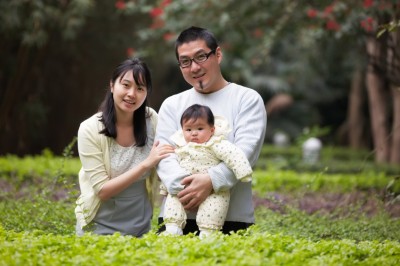China’s one-child policy backfire deepens as labor pool shrinks

By Bloomberg
China is paying the economic price for its 36-year-old one-child policy, with the third-straight yearly decline in its labor force weighing on growth prospects.
The working-age population -- those aged 16 to 59 -- fell 3.71 million last year, the National Bureau of Statistics said today, steeper than the decline of 2.44 million in 2013. The first drop was in 2012 when the group -- then also including 15- year-olds -- decreased by 3.45 million.
Like Japan’s experience since the late 1990s, the downturn in China’s working-age population is corresponding with a deceleration in economic growth. While the shrinking labor pool is helping prevent a rise in joblessness, it’s also driving up labor costs and eroding the manufacturing and export competitiveness that helped fuel China’s 30-year expansion.
“It will clearly mean that, in the coming 10 years, labor will contribute less to growth than it has done in the last two decades,” said Louis Kuijs, Royal Bank of Scotland Group Plc’s chief greater China economist in Hong Kong. “Declining contribution from labour is one of the three key reasons why we see trend growth coming down,” along with slower capital accumulation and less room to catch up with global best practices.
China’s economy grew 7.4 percent in 2014, the least since 1990, the statistics bureau said Tuesday. Per-capita disposable incomes of urban residents rose 9 percent last year from 2013, the statistics agency said today, while rural residents’ incomes climbed 11.2 percent.
As workers become scarcer, they’re also more demanding.
More Strikes
Yue Yuen Industrial Holdings Ltd., which makes shoes for clients including Adidas AG and Nike Inc., saw operations hampered by protests over social security payments and salaries in April at its factory of about 45,000 workers in Dongguan, southern China. The China operations of Wal-Mart Stores Inc., International Business Machines Corp., PepsiCo Inc. were all affected by labor protests last year.
The ratio of jobs available versus job seekers rose to 1.15 in the fourth quarter, up from 1.1 three months earlier, according to a statement from the Ministry of Human Resources and Social Security this month. While demand for workers fell from the previous quarter, the decline wasn’t as fast as the drop in job seekers.
The urban surveyed unemployment rate was 5.08 percent in December, Ma Jiantang, head of the NBS, said at a briefing in Beijing on Tuesday. The urban population rose to 749.2 million, accounting for 54.77 percent of the nation’s total, Ma said.
Family Policy
While there’s been increasing calls to loosen family planning policies and some relaxations, the government has maintained most of the controls first adopted in the late 1970s to curb population growth. In 2013, couples where either parent is a single child were allowed to apply to have a second baby.
That’s led to just one million applicants for a second child across the country of 1.4 billion by Jan. 12. Yi Fuxian, author of “A Big Country with an Empty Nest,” said that’s not enough to make a meaningful change to China’s demographic trend.
He expects China’s aging population will result in the same outcomes seen in Japan -- lost decades.
“China is turning grey on an unprecedented scale in human history, and the government, even the whole Chinese society, isn’t prepared for it,” Yi said in an interview this month.
Here we are to serve you with news right now. It does not cost much, but worth your attention.
Choose to support open, independent, quality journalism and subscribe on a monthly basis.
By subscribing to our online newspaper, you can have full digital access to all news, analysis, and much more.
You can also follow AzerNEWS on Twitter @AzerNewsAz or Facebook @AzerNewsNewspaper
Thank you!
